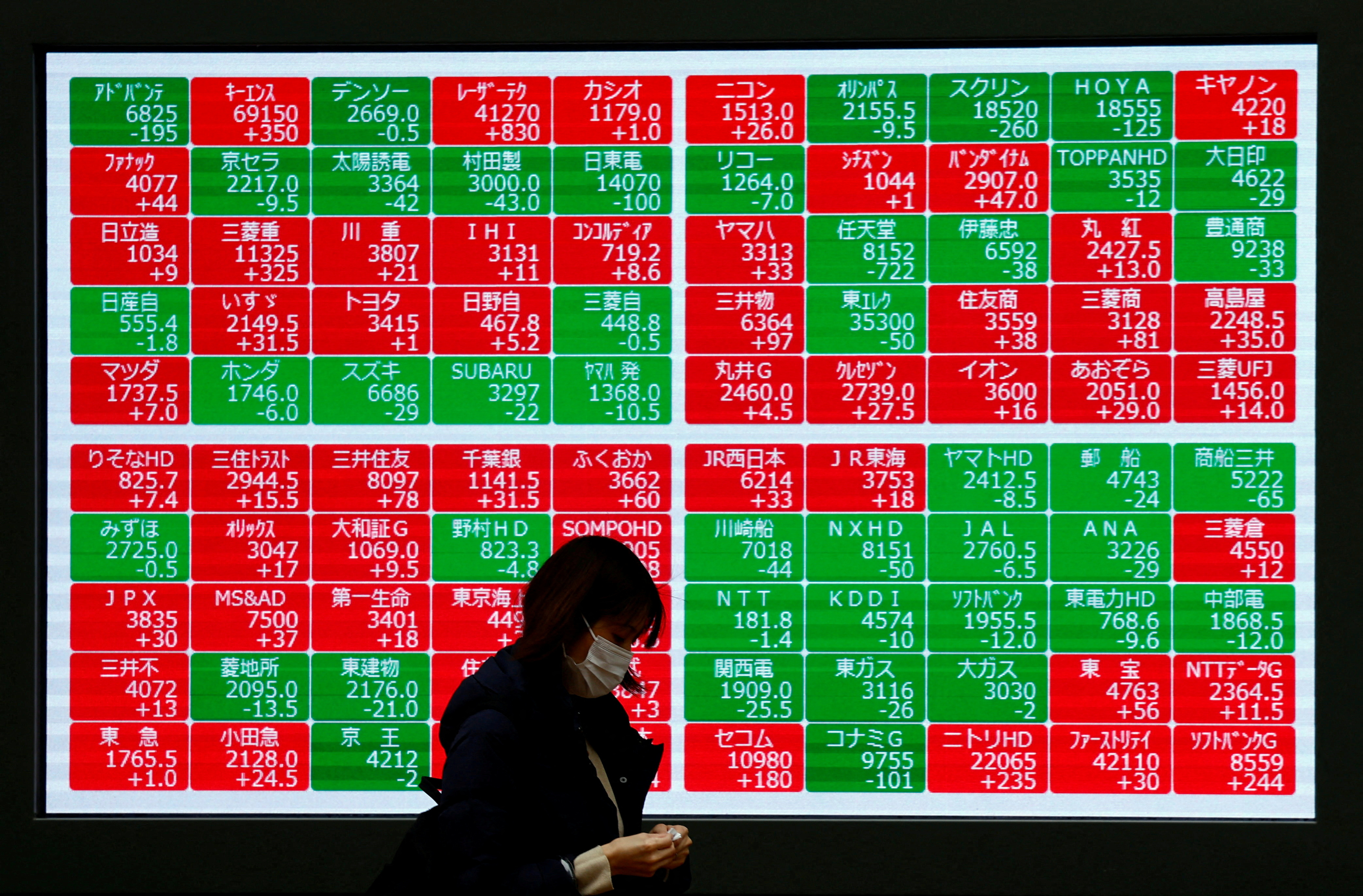
Economic Inclusion Programs in the Sahel: Advancing Sustainable Development Goals

Rapid population growth in the Sahel region, projected to double to 160 million within 20 years, combined with increasing instability and climate degradation, has created an urgent need for job creation. Economic inclusion programs have emerged as a critical tool to address the jobs crisis, particularly supporting vulnerable populations and youth by providing pathways to self-employment and micro-enterprise development. These initiatives align closely with several Sustainable Development Goals (SDGs), including SDG 1 (No Poverty), SDG 5 (Gender Equality), SDG 8 (Decent Work and Economic Growth), and SDG 13 (Climate Action).
Evidence of Impact of Economic Inclusion Programs
Economic inclusion programs integrate consumption support, technical and soft skills training, savings groups, and productive grants to overcome multiple constraints faced by poor households, such as limited skills, assets, decision-making power, social norms, and market access. Recent rigorous evaluations across five Sahel countries demonstrate significant and lasting economic and community benefits, with impacts persisting up to three years post-program completioni. Key outcomes include:
- Increased household consumption by 8-15% in Chad, Mauritania, and Niger.
- Significant increases in women’s business revenues — up to $302 in Senegal, $270 in Niger, and $170 in Mauritania, supporting SDG 5 (Gender Equality).
- Increased participation in savings groups by 38-90% across countries.
- Enhanced social cohesion and improved psychosocial well-being, contributing to SDG 16 (Peace, Justice and Strong Institutions).
- Positive spillover effects benefiting non-participant households, as observed in Chad.
These programs are cost-effective, with implementation costs ranging from $250 to $575 per beneficiary. Positive cost-benefit ratios were achieved within 18 months, including a 127% return on investment in Niger, supporting SDG 8 (Decent Work and Economic Growth).
Pathways for Scaling Economic Inclusion Programs
Building on strong evidence, governments across the Sahel are rapidly expanding economic inclusion programs to address youth employment challenges. This expansion offers a strategic opportunity to refine program approaches and ensure sustainable, scalable impact aligned with the SDGs. A recent policy note from the Sahel Adaptive Social Protection Program (SASPP) identifies six key policy considerations:
1. Embed Economic Inclusion in Social Safety Net Programs
Integrating economic inclusion into social safety nets creates powerful synergies, leveraging existing delivery systems such as identification mechanisms, payment platforms, and administrative resources. This integration reduces costs and amplifies impacts on consumption, human capital, productive investments, and household resilience, advancing SDG 1 (No Poverty) and SDG 10 (Reduced Inequalities).
2. Balance Program Design and Cost
Selecting delivery models suited to local contexts and capacities is essential for sustainable scaling. Utilizing specialized service providers—including decentralized government services, NGOs, and private firms—under government leadership enhances quality, maximizes impact, and ensures alignment with national strategies and SDG 17 (Partnerships for the Goals).
3. Anchor Programs in Government Institutions
- Embed economic inclusion within national poverty reduction and social protection frameworks (SDG 1).
- Establish dedicated budget lines to increase domestic financing and ensure sustainability (SDG 16).
- Strengthen institutional capacity for effective program management.
4. Make Climate Adaptation a Core Objective
Economic inclusion programs contribute to climate resilience by promoting income diversification, savings, and financial education, supporting SDG 13 (Climate Action). To maximize impact, programs should:
- Test innovations that promote climate-smart decisions tailored to local contexts.
- Position programs as gender-responsive climate adaptation tools, facilitating integration into climate finance frameworks such as nationally determined contributions (NDCs) and National Adaptation Plans (NAPs).
5. Adapt to Fragile and Conflict-Affected Contexts
Programs have demonstrated significant potential in fragile, conflict, and violence (FCV) settings by adapting to unique vulnerabilities. Adaptations include:
- Simplifying operations by reducing group activities, recruiting local personnel, and partnering with local NGOs.
- Implementing electronic payments and secure savings mechanisms.
- Modifying content to address psychosocial needs of conflict-affected populations.
- Incorporating community-building activities to strengthen social cohesion (SDG 16).
6. Address Gender-Specific Constraints
Economic inclusion programs in the Sahel prioritize empowering women, with over 90% of beneficiaries being women, addressing barriers such as limited access to assets, capital, and restrictive social norms. To enhance impact and contribute to SDG 5 (Gender Equality), programs should:
- Continue prioritizing women as primary beneficiaries.
- Refine approaches to accommodate women’s time constraints and social challenges at individual, household, and community levels.
Conclusion: Harnessing Momentum for Sustainable Development
A strategic window exists to capitalize on the growing momentum for scaling economic inclusion programs across the Sahel. By building on robust evidence, operational lessons, established frameworks, and diverse scaling pathways, countries can invest in sustainable and resilient livelihoods for vulnerable populations. These efforts unlock productive potential, empower women, and strengthen communities, thereby advancing multiple Sustainable Development Goals.
i Evidence of sustained impact as demonstrated in Senegal.
1. Sustainable Development Goals (SDGs) Addressed or Connected
- SDG 1: No Poverty – The article discusses economic inclusion programs aimed at increasing household consumption and reducing poverty in the Sahel region.
- SDG 5: Gender Equality – Emphasis on empowering women, with over 90% of beneficiaries being women and addressing gender-specific constraints.
- SDG 8: Decent Work and Economic Growth – Focus on job creation, youth employment, self-employment, and micro-enterprise development.
- SDG 10: Reduced Inequalities – Targeting vulnerable populations and marginalized groups through social safety nets and economic inclusion.
- SDG 13: Climate Action – Making climate adaptation a core objective of economic inclusion programs to build resilience.
- SDG 16: Peace, Justice and Strong Institutions – Adapting programs to fragile, conflict, and violence (FCV) settings, strengthening social cohesion and institutional capacity.
2. Specific Targets Under Those SDGs Identified
- SDG 1 Targets:
- 1.2 – Reduce at least by half the proportion of people living in poverty in all its dimensions.
- 1.3 – Implement nationally appropriate social protection systems and measures for all.
- SDG 5 Targets:
- 5.5 – Ensure women’s full and effective participation and equal opportunities for leadership.
- 5.a – Undertake reforms to give women equal rights to economic resources.
- SDG 8 Targets:
- 8.3 – Promote development-oriented policies that support productive activities, decent job creation, entrepreneurship, and innovation.
- 8.5 – Achieve full and productive employment and decent work for all, including young people and persons with disabilities.
- SDG 10 Targets:
- 10.2 – Empower and promote the social, economic and political inclusion of all.
- SDG 13 Targets:
- 13.1 – Strengthen resilience and adaptive capacity to climate-related hazards and natural disasters.
- SDG 16 Targets:
- 16.6 – Develop effective, accountable and transparent institutions at all levels.
- 16.7 – Ensure responsive, inclusive, participatory and representative decision-making.
3. Indicators Mentioned or Implied to Measure Progress
- Household Consumption Increase – Percentage increase in household consumption (8-15% in Chad, Mauritania, Niger).
- Women’s Business Revenues – Measured increase in women’s business income (e.g., $302 in Senegal, $270 in Niger).
- Savings Group Participation – Percentage increase in participation rates (38-90%).
- Cost-effectiveness Metrics – Cost per beneficiary ($250 to $575) and cost-benefit ratios (e.g., 127% return in Niger).
- Social Cohesion and Psychosocial Well-being – Qualitative indicators related to community benefits and psychosocial improvements.
- Program Coverage – Number and proportion of beneficiaries, especially women (over 90%).
- Institutional Capacity – Presence of dedicated budget lines, integration into national frameworks, and strengthened management capacity.
- Climate Adaptation Adoption – Uptake of climate-smart decisions and integration into climate action frameworks (implied).
- Adaptation to Fragile Contexts – Implementation of context-specific adaptations such as electronic payments and community-building activities.
4. Table of SDGs, Targets, and Indicators
| SDGs | Targets | Indicators |
|---|---|---|
| SDG 1: No Poverty |
|
|
| SDG 5: Gender Equality |
|
|
| SDG 8: Decent Work and Economic Growth |
|
|
| SDG 10: Reduced Inequalities |
|
|
| SDG 13: Climate Action |
|
|
| SDG 16: Peace, Justice and Strong Institutions |
|
|
Source: blogs.worldbank.org







